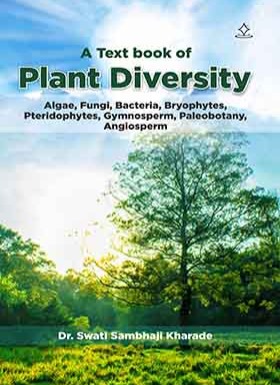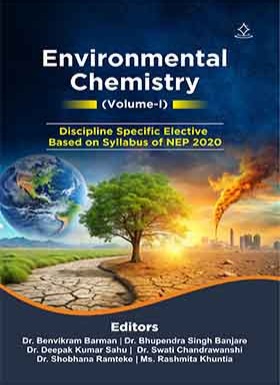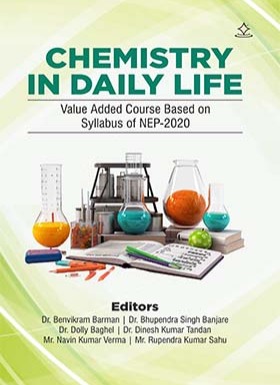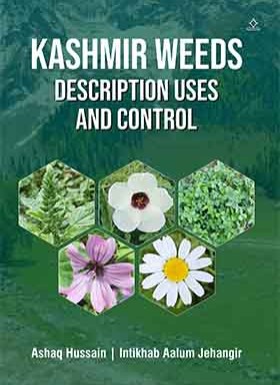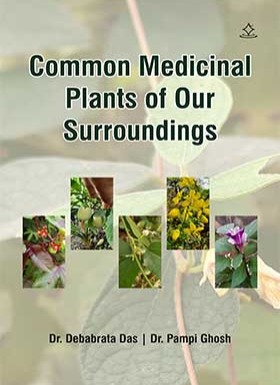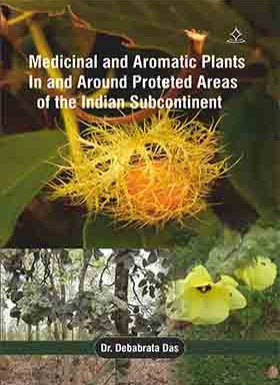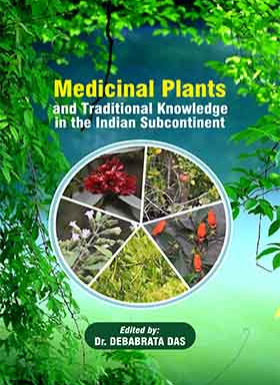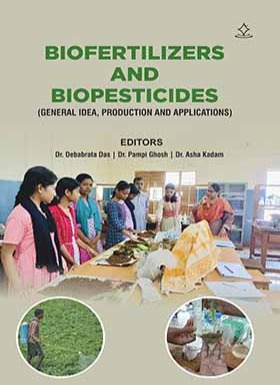


ISBN : 978-93-6087-629-6
Category : Academic
Catalogue : Mathematics and Science
ID : SB21432
Biofertilizers and Biopesticides
(General Idea, production and applications)
Dr. Debabrata Das , Dr. Pampi Ghosh , Dr. Asha Kadam
Hardcase
2000.00
e Book
999.00
Pages : 248
Language : English
About Book
Biofertilizers and Biopesticides Biofertilizers are the living organisms that can supply the required nutrients and minerals to the plants for better growth and development. Some microbes are free living and others are symbiotic that can help the plants to grow healthy due to nurturing the plants by supplying different macro and micronutrients directly or indirectly. Sometimes joint action of some microbes can induce the environment and help them to grow better and supply more nutrients to the plants in a systematic way. Mycorrhizae and bacteria are good examples but not all bacteria in such an environment. So, uses of biofertilizers are widely applicable for all round development. Chemical fertilizers can help them in such a way that more vigorous growth takes place due to ample application of chemical fertilizers in the field. But they can change the pH of the soil and even damage the natural microflora and fauna in the said environment. Huge application of chemical fertilizers can runoff into the water body and cause serious chemical pollution in the water. So, the ultimate risk hazard is due to use of heavy chemicals and use of a wide range in different fields. Keeping the theme in mind scientists argued to use the biofertilizers widely and reduce the intensive use of chemical fertilizers in the field. Green manures are also used in addition to these microorganisms. So, the application and use value is gradually increasing over the globe. Biopesticides are beneficial plant and animal products, even friendly application of bacteria and fungi for potential check of pesticides in the field. In horticulture, agriculture, forestry and in floriculture a large number of such potent pesticides are applied that are beneficial to the environment and no risk of hazards. Some bacterial stains, virus particles and fungal culture applied for decades to reduce the pest insects even to check the various micro pathogens in the field and in stored warehouses. In the nature ever
Customer Reviews

